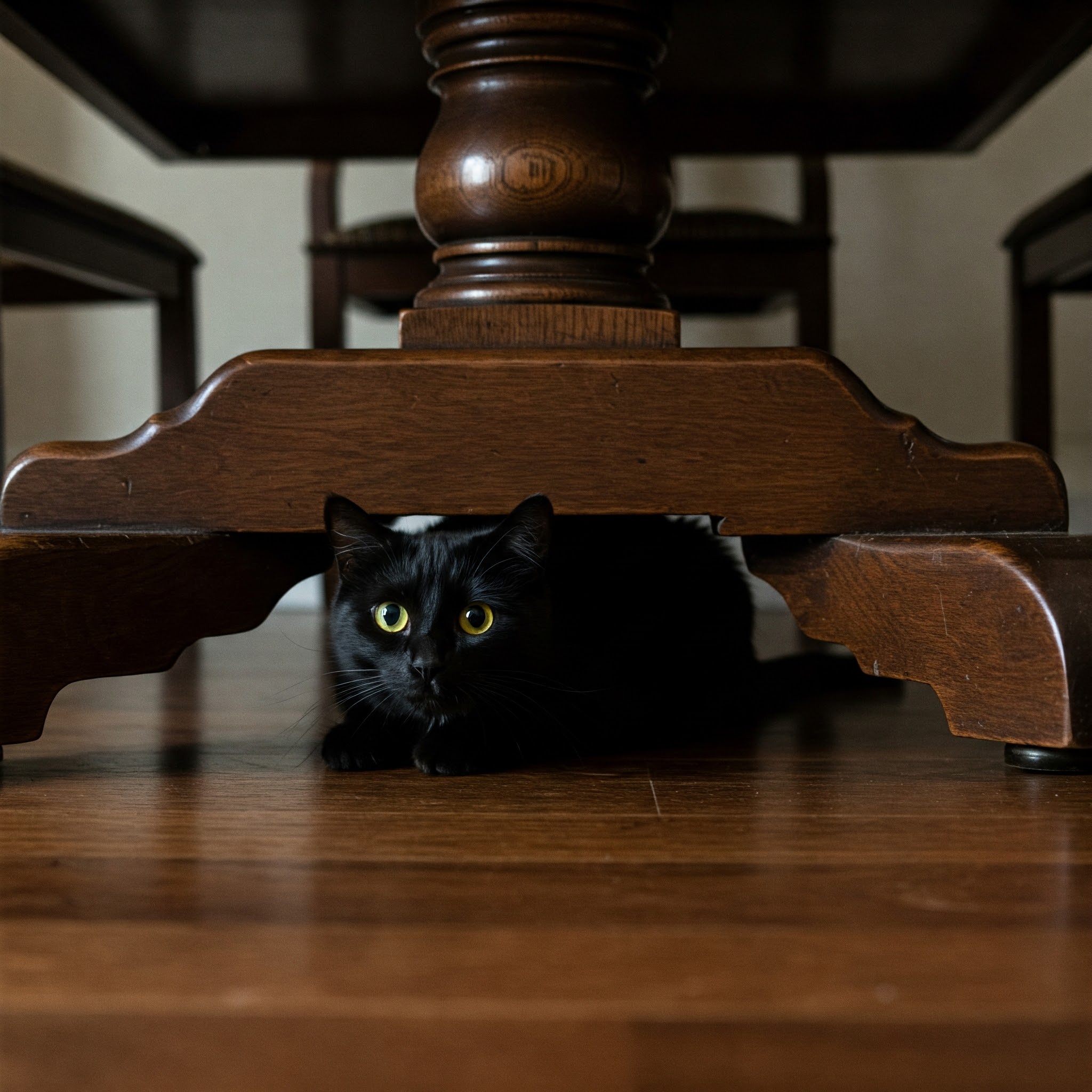Our feline friends are masters of mystery, often leaving us pondering their quirky behaviors. But when does a peculiar habit transform into a warning sign of anxiety? Understanding what might be causing your kitty distress is crucial not only for their well-being but also for restoring harmony to your home. Read on, and discover insights that might just surprise you!
1. Sudden Avoidance of Eye Contact
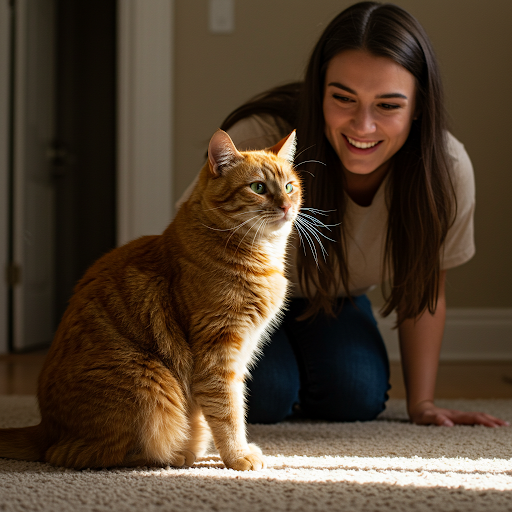
If your cat has turned into the master of avoiding eye contact, it might be more than just ‘I’m too cool for you.’ Cats are sensitive creatures, and a sudden change like avoiding your gaze could signal apprehension or anxiety. They might be feeling vulnerable or uneasy due to recent changes in their environment.
2. Unexplained Aggression

Turning into a mini Tiger Woods on your hands, those playful bats might soon become feline fury! It’s not uncommon for anxious cats to express their discomfort through aggression. This can often be triggered by fear or stress, and addressing the root cause is vital to curbing this behavior.
3. Excessive Grooming
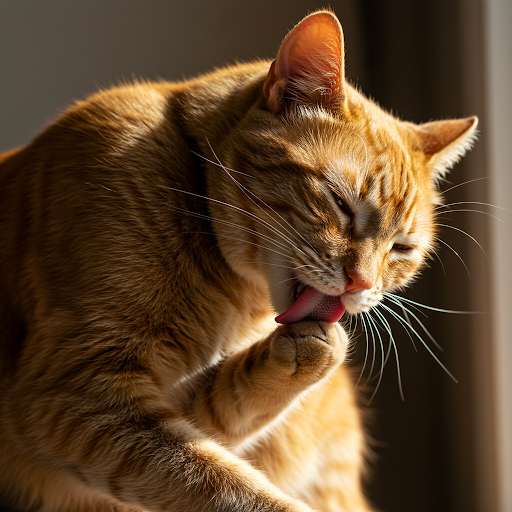
Just when you thought your cat couldn’t get any cleaner, here comes the unexpected over-bathing session! Cats often groom to soothe themselves, and if your kitty has taken up a sudden obsession with it, they might be dealing with anxiety. This compulsive grooming, while calming, can sometimes lead to hair loss or skin issues.
4. Refusing Food or Treats
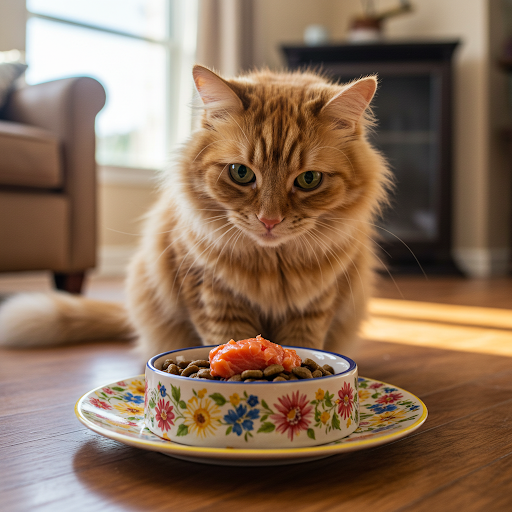
No more chomping down on kibble or those special treats that usually disappear in seconds? If your cat is on a hunger strike, it might be a signal flare for anxiety. Cats often avoid eating when they’re stressed, so exploring potential changes or upsets in their routine might provide clarity—and get them back to being their snack-loving selves.
5. Constant Meowing or Yowling

Has your gentle purr machine transformed into a foghorn overnight? If your cat has ramped up the volume and frequency of their vocalizations, they might be trying to tell you they’re stressed. From existential kitty crises to simple environmental stressors, these cries are your cat’s way of seeking comfort or expressing discomfort.
6. Changes in Litter Box Usage

Missed the litter box by just a whisker…or a mile? When a cat starts using areas outside their box, frustration often follows. Delicate feline needs include optimal litter box conditions; if those aren’t met, or if they’re stressed, they might seek alternative venues for their business, indicating anxiety.
7. Unusual Hiding or Isolation

When your cat turns hide-and-seek into a grand pro-era, be cautious—it might be a sign of anxiety. Cats are curious creatures, yet excessive hiding or shying away from interactions can be their crafted outcall for some peace and quiet to deal with their internal stressors.
8. Scratching More Than Usual
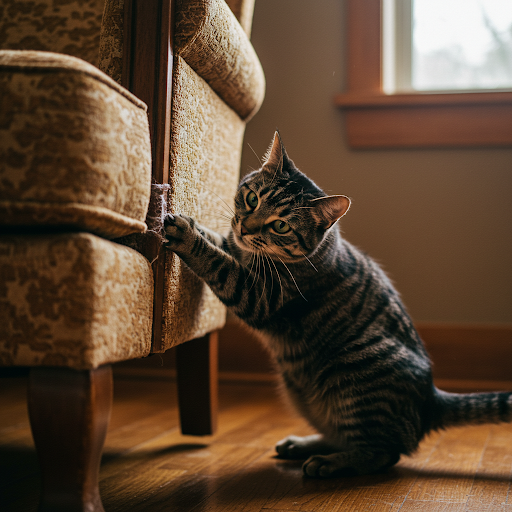
Tiny cat claws meet furniture…often! Increased scratching can indicate your kitty is handling stress. Cats scratch to stretch, mark territory, and alleviate anxiety. If they’re clawing more than usual, exploring what’s gone awry might solve both your scratchy couch and their underlying worries.
9. New Nocturnal Habits
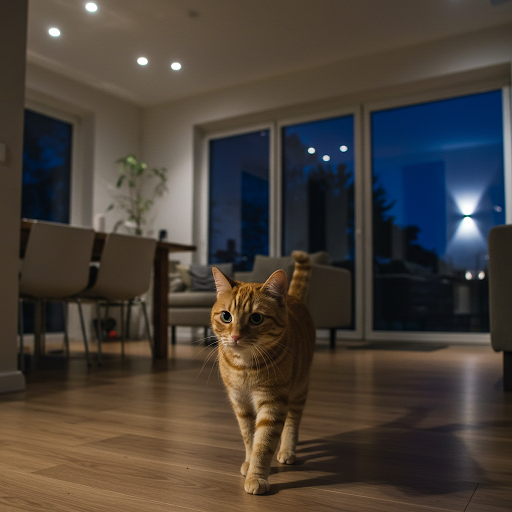
Your cat may have felt the dark allure of the night, adopting an elusive nocturnal lifestyle. Wakefulness and restlessness during nighttime hours can signal anxiety. Whether they’re keeping a night watch or pacing like a feline insomniac, these changes in sleep patterns should catch your attention.
10. Overreacting to Small Stimuli
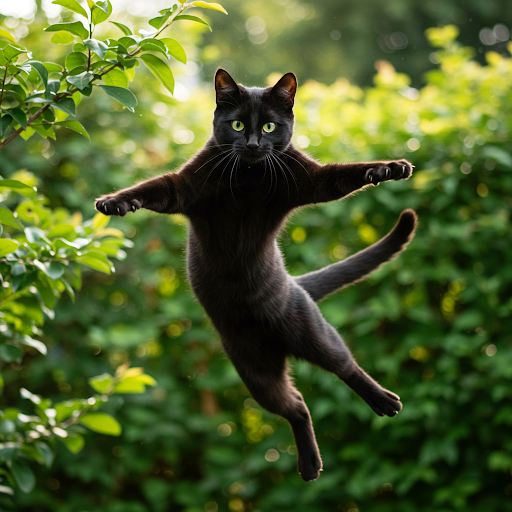
Did Fluffy just leap five feet because of a falling sock? Skittish responses to small stimuli like noises or movements could indicate heightened anxiety. With hypersensitivity, something as simple as a pop from the TV might send them bolting, a clear sign they’re feeling frazzled.
11. Rapid Breathing or Panting

Huffing and puffing isn’t typical for felines, but when anxiety spikes, so does their respiration. If your cat starts breathing quickly or panting without exertion, they might be feeling anxious. Such physical stress indicators mean it’s time to investigate their comfort levels and environment.
12. Hyperactivity or Restlessness

An impromptu zoomies show—or constant motion sans any catnip—isn’t just energetic flair; it’s an anxiety tailspin! If lounging turns into climbing the curtains or pacing aimlessly, your cat might be expressing their restlessness through bursts of hyperactivity, demanding extra enrichment or reassurance.
13. Vocal Changes in Purring

Not all purrs carry the sweet note of contentment—a new, unsettling vibration might actually be your cat’s worried hum. When the soothing symphony of purrs takes on a different tune, it can mean stress rather than bliss. Listen closely; your cat’s melody tells its own story.
14. Increased Neediness
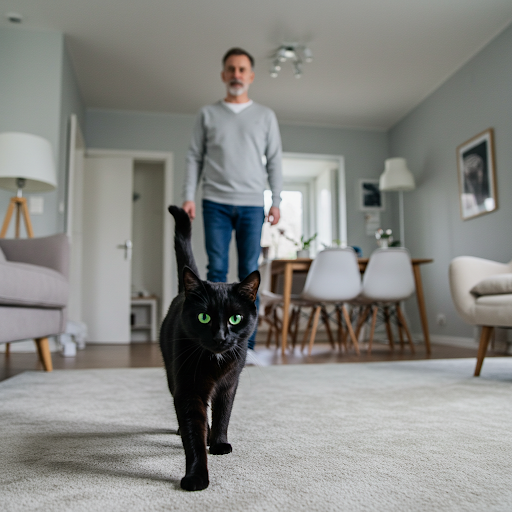
If a shadowy figure clings to your every move, it’s not a ghost—it’s your anxious cat! When a feline becomes overly clingy, it often signals that they’re seeking comfort against their stress. While it might feel sweet, recognizing their new velcro-cat disposition as anxiety is key to addressing their needs properly.
15. Tail Tucked or Flicking

Watching a cat’s tail is like reading an emotional barometer. If their tail is flicking wildly or tucked low, it may be signaling distress. Unlike dogs, these movements in cats can display deep-seated unease, communicating non-verbally about their anxious mood.
16. Loss of Interest in Play
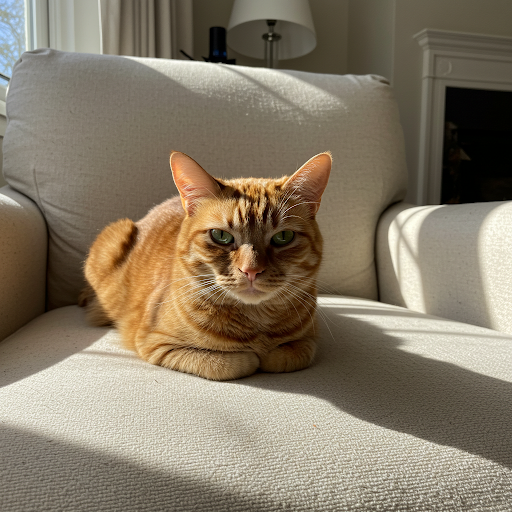
Has playtime turned into a yawn-fest? A lack of enthusiasm for toys or games could mean your cat is silently shouting for support. Intrinsically active, a skipping heart is often a sign of potential anxiety, requiring an investigation into what’s put them off their curious jaunt.
17. Summary and Action Steps
When it comes to cats, understanding their behavior can sometimes feel like deciphering a cryptic puzzle. By identifying these anxiety warning signs, you are a step closer to helping your companion find their inner purrf. From checking environmental shifts to scheduling a vet visit for expert advice, being proactive in response to these signs is key.
Remember that patience and keen observation will make a world of difference for your anxious cat. Don’t hesitate to consult with a veterinarian to rule out any underlying health issues either!
Have you recognized any behavioral shifts in your cat? Share your experiences, swap stories with other cat-loving readers, and let’s get the conversation rolling in the comments below. With knowledge and understanding, a harmonious home for you and your feline is paw-sible.

